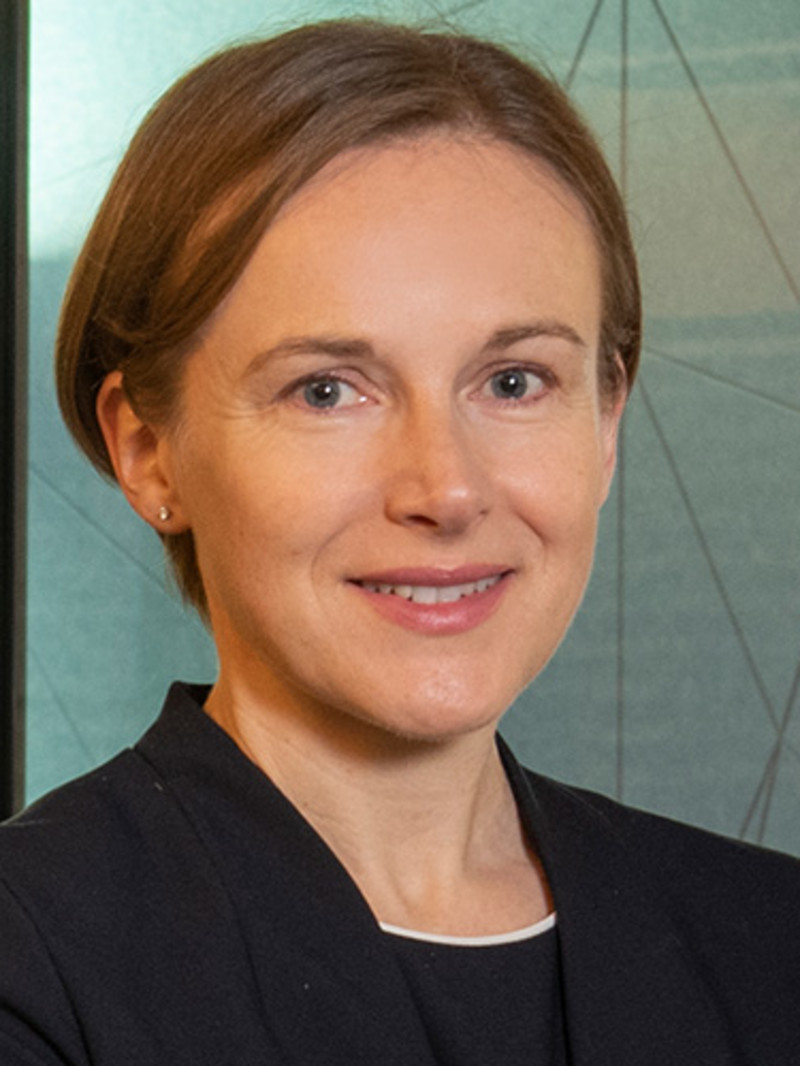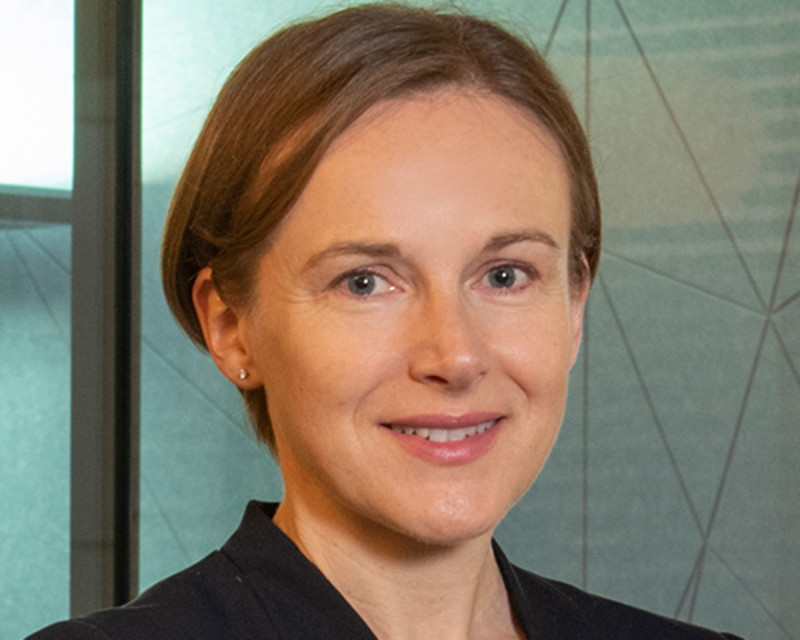

Robeco’s SDG Framework – from niche to mainstream
It’s been five years since Robeco launched its SDG Framework, and from one little acorn, a mighty oak has grown.
Summary
- SDG Framework began in 2017 to find candidates for a credits fund
- It now has near universal coverage of more than 15,000 companies
- We’re sharing our knowledge in the SI Open Access Initiative
What began as a novel and previously untried method to assess the contributions that companies make to the UN’s Sustainable Development Goals now forms a basis for defining sustainable investing across the whole company. It has come a long way, and we are very proud of how our seedling has blossomed.
The Framework uses a three-step method to quantify corporate contributions – both good and bad – to the 17 goals. The SDGs range from eradicating hunger and inequality to tackling climate change and promoting sustainable industry. They are being used as a blueprint for investors who want to shift capital towards companies providing solutions for society’s problems and away from those that have negative environmental and social impacts.
Investors need good data for that. So, our analysts examine what a company does, how it does it, and whether it has been involved in any controversies. Once the data is known, a scoring system is used that ranges from -3 (a highly negative contribution) through zero (neutral) to +3 (highly positive), as seen in the illustration below.

The Framework was originally designed in 2017 to find candidates for two SDG credits and equities funds launched in 2018. Companies with positive scores could be considered for inclusion, and those with negative scores rejected. Beginning with just a handful of companies, in recent years the Framework has massively expanded its range.
We used academic research on the linkages between sectors and SDGs; applied natural language processing (NLP) techniques to read companies’ business descriptions; and then fed in data from numerous sources. Combined, this allowed us to assign SDG scores to more than 15,000 companies – leading us to have near universal coverage of our universe.
Its usefulness for stock selection is immense. We know not only know how positive or negative a company is for the SDGs overall; we can also show which SDGs are impacted by a company. For example, the Framework found that around 30% of the companies in the MSCI All Country World Index contribute to SDG 8 (Decent work and economic growth) and SDG 9 (Industry, innovation and infrastructure). Another 16% contribute positively to SDG 3 (Good health and well-being). Negative impacts are most often associated with climate change, with 11% of MSCI ACWI companies negatively impacting SDG 13 (climate action).

How do companies and countries score on sustainability?
Explore the contributions companies make to the Sustainable Development Goals and how countries rank on ESG criteria.
The Framework proved so adept at assessing companies’ impacts on sustainable development that we can now provide a diverse range of SDG investment strategies. These cross different asset classes – equity and fixed income – as well as the investment styles of fundamental, quant and indices. It will be further used by the multi-asset team to underpin sustainability across asset classes.
Using the SDGs as a scoring mechanism forms part of a wider belief that SI is moving on from a sole focus on ESG integration. Whereas ESG typically looks at how a company’s financial performance is affected by environmental, social or governance factors, the SDG score assesses if an investment is actually making a positive impact on the ground.
This is an important difference: various tobacco companies can get top-notch ESG ratings while they have negative SDG scores due to their adverse health impacts. This impact philosophy lies at the core of the SDGs themselves.
A defining moment
A further development is the role that SDG scores will play in meeting the reporting and disclosure requirements of the EU’s Sustainable Finance Disclosure Regulation (SFDR). Under the SFDR Level 2 Regulatory Technical Standards, from 2023 the Framework will be used as one way to define what is actually considered a sustainable investment at Robeco. If a company scores positively, then it can be labelled as sustainable. This system will also determine whether a fund can be labeled as ‘Article 9’ pursuing a wholly sustainable objective.
Next to regulation, the SDG scores form part of product innovation. The fact that some companies are trying to become more sustainable but are not quite there yet – getting low negative -1 or zero scores on the Framework – led to the creation of an entirely new fund. Companies that were willing to engage with Robeco’s Active Ownership team to improve their scores are included in the SDG Engagement Equities fund that is already seeing results.
And as a strong believer in sharing our knowledge for the furtherment of sustainable investing, Robeco is now sharing the intellectual property of the Framework with stakeholders including clients and academics. This is the first step in the SI Open Access Initiative which began in August 2022.
Our updated brochure
So, as the SDGs reach the half-way stage in their 2015-2030 targets, we can be proud of how far the Framework has come in helping to achieve these goals. The goals are a marathon, not a sprint, but we’ve laid the groundwork for finishing the race by developing a world-leading analysis tool.
How it all works is explained in an update to our SDG Framework brochure, including some examples of how it applies to individual SDGs, and how the scores are used in portfolio construction.
Keep up with the latest sustainable insights
Join our newsletter to explore the trends shaping SI.
























